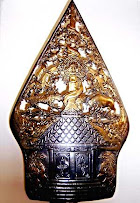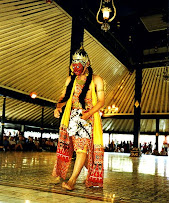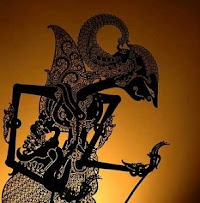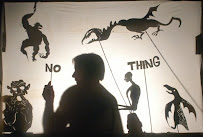 The Ramayana
The Ramayana is essentially a love story, the story of Lord Rama’s search for his beautiful wife, Sinta.
Dasarata, King of Ayodya, had to fulfil a promise to one of his wives and let her son Barata ascend the throne, even though it meant exile to the forest for a son by another wife, his beloved Rama.
Rama, an incarnation of Batara Wisnu, knew that his love and happiness with Sinta was but the prelude to long suffering to enable him to accomplish the duty of Wisnu. Barata, who did not want to see Rama ousted, was therefore unable to persuade Rama to return to Ayodya. And Rama, followed by the faithful Sinta and Laksmana, his inseparable companion and another half-brother, went away and lived in the forest.
They were overtaken by disaster due to Sinta’s over-powering desire for possession of a golden deer seen in the forest. But the deer in reality was sent by the ten-headed demon Rahwana, symbol of man’s lusts. Having tricked both Rama and Laksmana, Rahwana abducted Sinta and bore her off to the island of Alengka. Jatayu, king of the birds, intercepted Rahwana, but was mortally wounded and lived only long enough to tell Rama about Sinta’s abduction.
At long last, the white ape Hanoman discovered where Sinta was hid in the island kingdom. An army of monkeys, led by Sugriwa, built a causeway to Alengka, crossed over, and helped to kill Rahwana. Rama and Sinta were united once more.
But Rama listened to voice doubting Sinta’s purity after so long a captivity. Sinta had to undergo a trial by fire and was saved by Agni, Goddess of Fire, who convinced Rama of Sinta’s purity.









 The Ramayana is essentially a love story, the story of Lord Rama’s search for his beautiful wife, Sinta.
The Ramayana is essentially a love story, the story of Lord Rama’s search for his beautiful wife, Sinta.

















